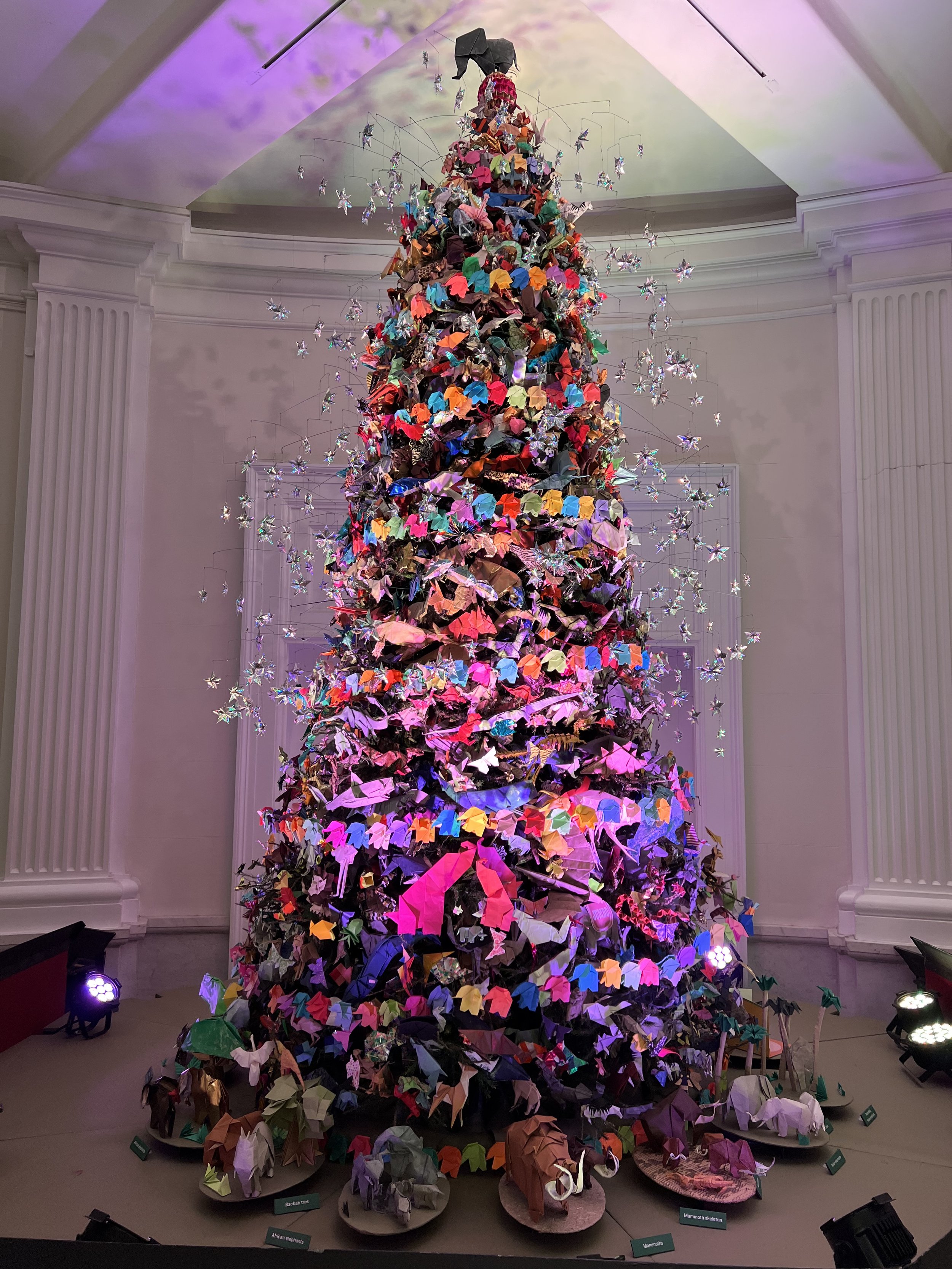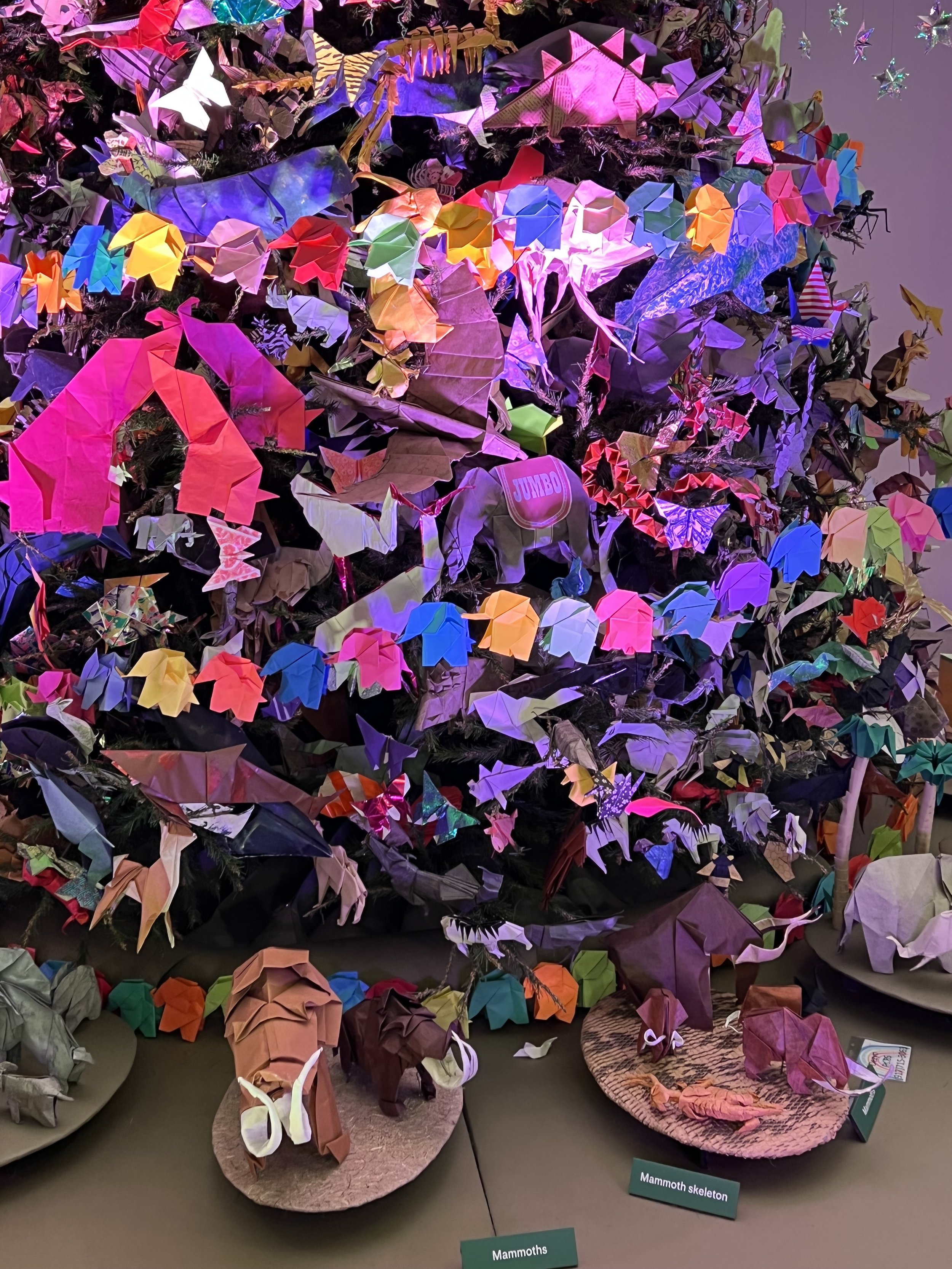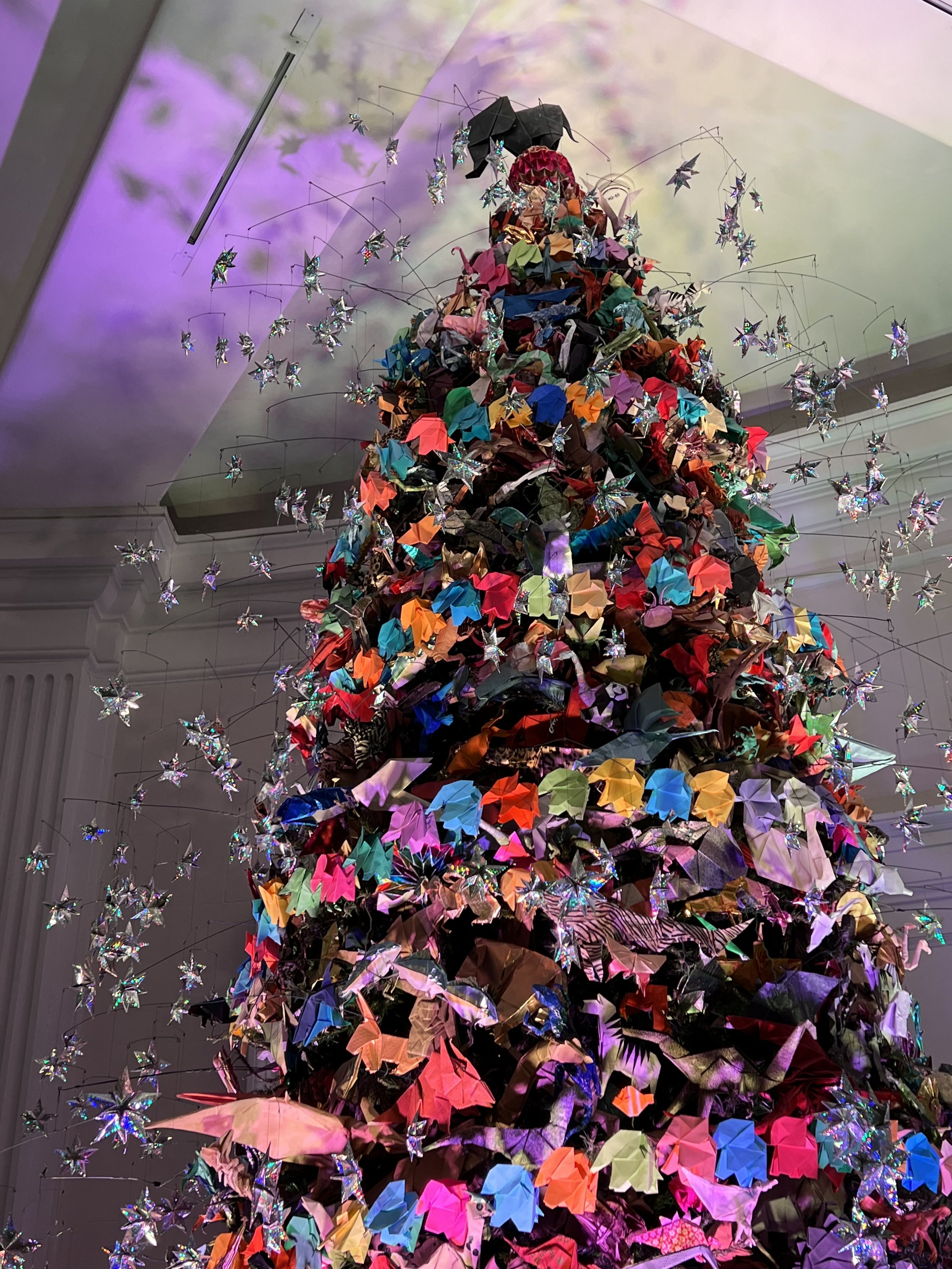The holidays are upon us yet again. While many of us have our own unique family and American Christmas traditions—including decorating the Christmas tree, kissing under the mistletoe, drinking as much eggnog as possible, watching Lifetime Christmas movies, and mad dashes to overcrowded stores to get that perfect gift—we thought we’d take a look at holiday traditions from around the world and see if there are any worth incorporating. My vote is on the Christmas pickle!
Romantic
In Austria on St. Barbara’s Day, December 4, the tradition is to place a single cherry twig in a vase. If it blooms before Christmas Eve then good luck and marriage will follow. In Thessaly, Greece, boys place a cedar branch and girls place a white cherry branch over a fire. The branch that burns the fastest brings the person good luck and an upcoming marriage (yay, more marriage). In Sweden, whoever finds the almond in the Ris à la Malta (rice pudding) will marry within the next year (yep, more weddings).
In Poland during Wigilia, also known as Christmas Eve Supper, straw is placed under a tablecloth to commemorate the birth of Jesus in the manger. Guests take turns removing a piece of straw. If you pick a green one, lucky you, it means good luck or marriage will come to you, while yellow means another year of being single, which depending on your outlook may be a good thing. Meanwhile in the Czech Republic, single women throw a single shoe over their shoulder. If the shoe points to the front door, marriage is coming. If not, time to have another glass of that wonderful Czech beer.
Fun
When German families decorate the Christmas tree, the “last ornament to be hung is the Christmas pickle—usually a glass ornament that may have been passed down through generations.” The pickle is hidden away on the tree and the first child to spot the pickle gets a special treat and good luck the rest of the year. I really hope I spot the pickle this year. Really hope I do. Please, I want the pickle.
But if you can’t find the pickle, take comfort in the Icelandic myth of the Jólakötturinn, a savage beast whose name roughly translates to “Yule Cat.” The Jólakötturinn is a huge, angry monster who “attacks the badly dressed.” Originating in medieval times as a way to motivate workers during the autumn wool processing time, those who worked hard would be rewarded with new clothes, and those who did not would have to face the Jólakötturinn—poorly dressed, which he does not like at all. If you’re on the naughty list this year (badly dressed or not) and happen to live in Austria, watch out for Krampus, Santa’s helper whose job it is to beat naughty children with branches.
Nativity scenes are a common sight here in the US and in other countries, but in some parts of Catalonia in Spain they allegedy take it to a different level. Along with the manger and baby Jesus, Mary, Joseph, wise men, and maybe a few angels, there’s a man defecating. Called the "Caganer," the figurine is typically depicted as a peasant with his trousers down, emptying his bowels, apparently in an attempt at "fertilising the Earth.” In that same vein, Catalans celebrate Caga Tió (translated as the “pooping guy”), whose smiling face, red nose, and legs (along with a red hat) are stuck on a log full of candy. During advent, children care for the log like it’s a pet, and on Christmas Eve or thereabouts they beat it until the candy comes out.
Since in Norway witches and other spirits come out to play on Christmas Eve, women hide all the brooms in the house before going to bed. Because witches might be doing their own Christmas shopping.
Unusual (but in a Totally Non-Judgmental Way)
In Venezuela, families roller skate to early morning mass in the week before Christmas. Roads are closed to provide a safe and easier journey. While many children wait for Santa Claus to come down the chimney and leave presents, Italian children wait for Befana, a kindly old witch who flies around on her broomstick and deliveries gifts and fills stockings with toys, candy, and fruit (for those children who have been good) and lumps of coal, onions, or garlic (for those who have been bad). Very helpfully she uses her broom to tidy before she leaves which is why Italian parents leave her a well-deserved glass of wine.
In Estonia, many families go to the sauna to spend quality time together on Christmas Eve. It’s believed that a sauna “elf” lives there to protect it and to make sure people behave themselves. But they need to be careful after sunset, because that’s when the sauna turns into a place for the spirits and dead ancestors.
Ukrainians decorate their Christmas trees with artificial spiders and cobwebs due to folklore about the woman who could not afford to decorate her tree. The next morning the children woke up to the tree covered in cobwebs which then turned into gold and silver making the family rich. So a spider web on Christmas morning brings good luck. Christmas in Latvia sounds like fun to me. There groups dressed as mummies go house-to-house getting treats and giving blessings in return. In Japan be sure to send white Christmas cards to friends and family, because traditionally red is saved for funeral announcements.
Food
We’ve shared our favorite holiday recipes, but what does the rest of the world eat? In Japan, it’s not Christmas unless there’s KFC—yes, that’s Kentucky Fried Chicken. Since a marketing campaign in the 1970s (apparently very effective), KFC has been associated with Christmas, and the tradition was born. We’re more used to Christmas hams and stuffing, but South Africans snack on deep-fried Christmas caterpillars from the Emperor moth. Icelanders typically eat reindeer on Christmas and before that, they have some boiled potatoes and fermented skate fish.
Since Christmas is in summertime in Australia, many celebrate with a barbecue, while Argentinians typically eat their main Christmas meal on Christmas Eve, which includes a dish of veal, tuna, mayonnaise sauce, and capers. In Oaxaca, Mexico, there is a huge contest and festival surrounding the Night of the Radishes, where people use oversized radishes to carve holiday scenes and display them in public every December 23, though it’s unclear if they eat them afterwards. And Christians in India celebrate with banana trees!









